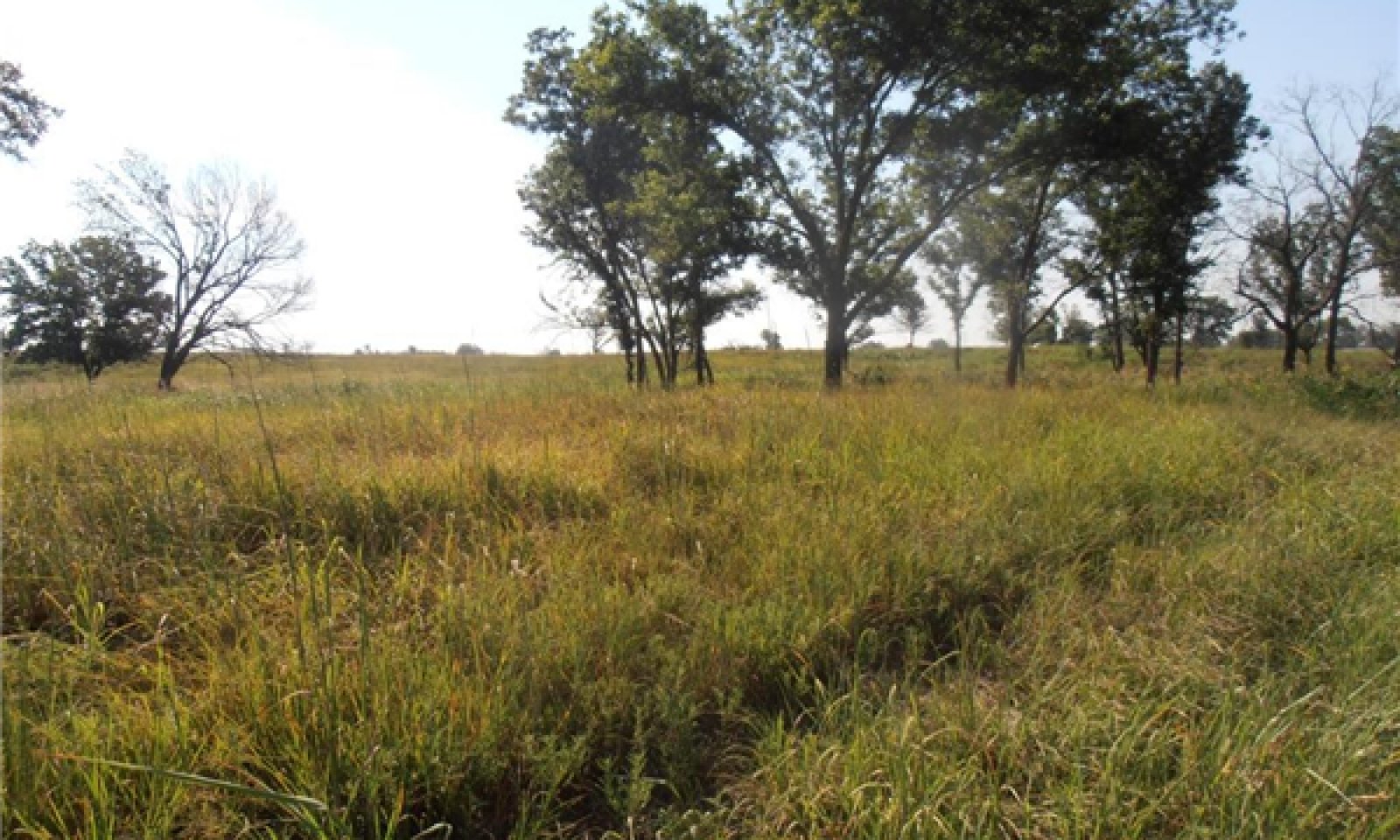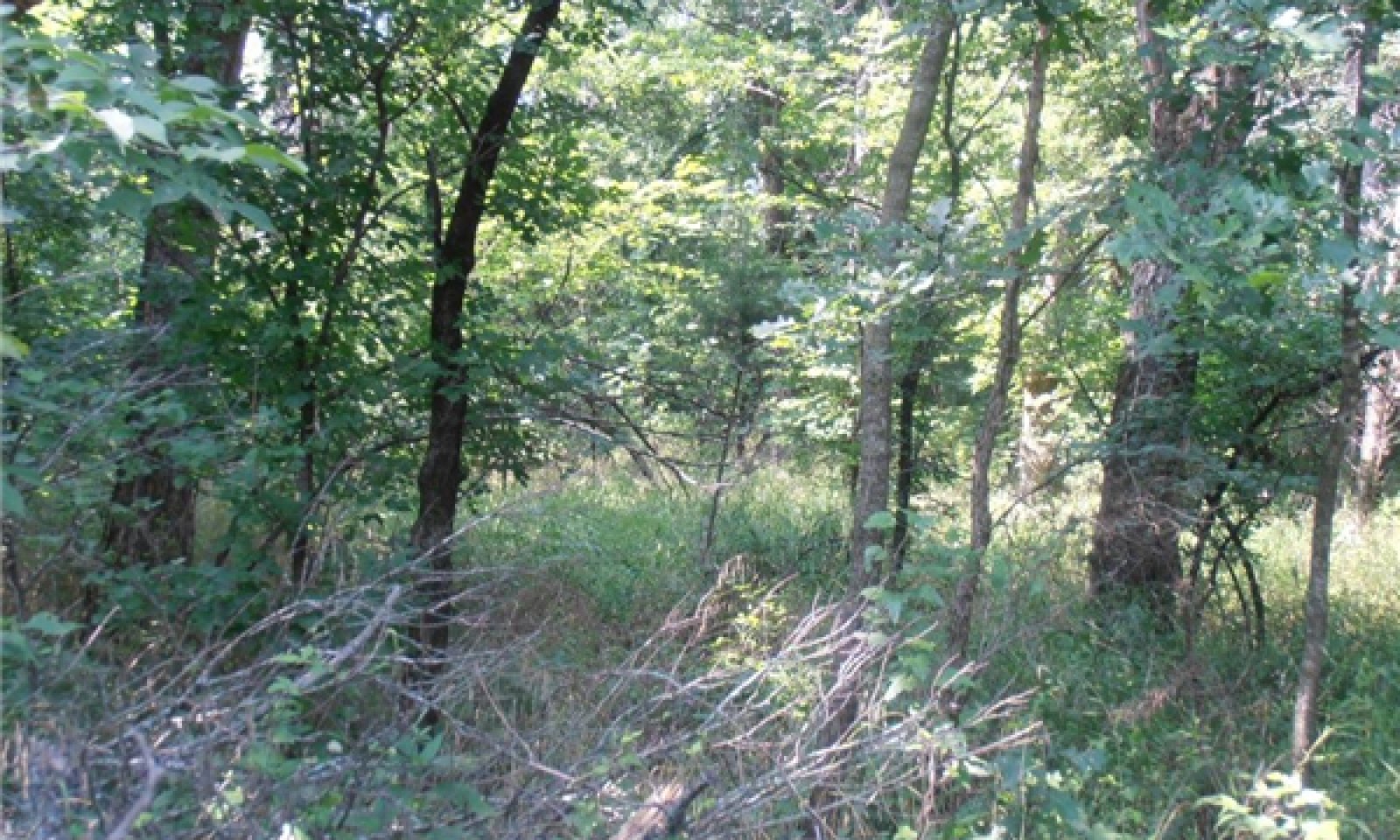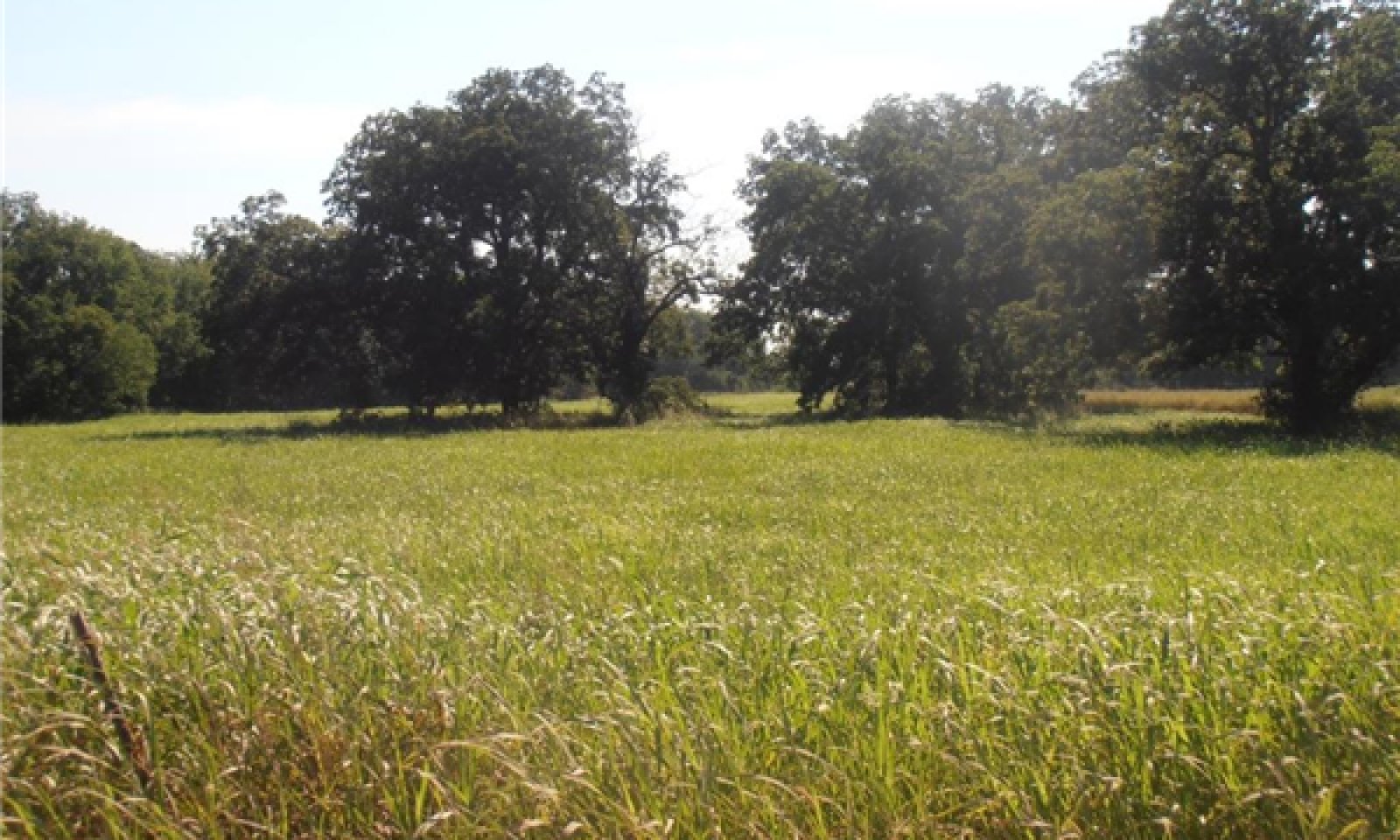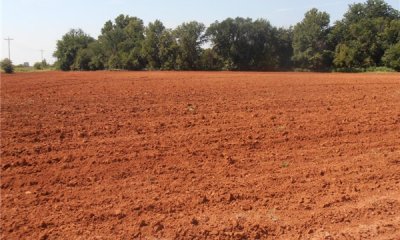
Loamy Bottomland
Scenario model
Current ecosystem state
Select a state
Management practices/drivers
Select a transition or restoration pathway
-
Transition T1B
No fire, No brush management
More details -
Transition T1A
Cultivation, Seeding
More details -
Restoration pathway R2A
Selective thinning, Prescribed fire, Prescribed grazing
More details -
Transition T3A
Range planting
More details -
No transition or restoration pathway between the selected states has been described
Target ecosystem state
Select a state
State 1
Savannah




Description
This is the Reference state for this ecological site. It represents the historical variability of communities on this site under the natural disturbance regime.
Characteristics and indicators
The plant communities within this state are dominated primarily by herbaceous species. The woody species average 30% canopy or less across the landscape. This canopy may vary substantially as areas adjacent to creeks and streams are more protected from fire. This often leads to a feathered effect of low canopy further from the the water course and higher canopy adjacent to it.
Resilience management
Most of the variation can come from time since last fire. Without fire or alternative brush management, the site may transition to the woodland state.
Submodel
State 2
Woodland



Description
This ecological state is the result of long term exclusion of fire from the ecosystem.
Characteristics and indicators
Woody species that were historically reduced by periodic fire the savannah ecosystem of the reference state (1) may now increase in abundance. The ecological function (energy flow, hydrology, nutrient cycling) of the site has been altered and is now dominated by woody species.
Resilience management
While sites in this state may be grazed by cattle, the production of palatable herbaceous species is diminished. Thus, the production value of grazing is greatly reduced. Some species of wildlife will find use of site in this state; however, other species will not persist as the site becomes dominated by woody plants.
Submodel
Description
Many loamy bottomland sites have been cultivated over the past century in order to produce crops.
Characteristics and indicators
Due to the level, deep, sandy loam soils, these sites are well suited for Ag production. Within this state, most woody species have been cleared in order to facilitate the access of farm machinery.
Resilience management
Upon cultivation, the physical and chemical properties of the soil have been altered. The degree of this change is very site specific depending on cultivation type and duration.
Submodel
State 4
Re-Seeded



Description
This ecological state is the result of reseeding herbaceous plant species or abandonment following a period of cultivation.
Characteristics and indicators
The plant communities within this state are highly variable in both species composition and production. Under carefully planned management strategies, this state may be restored to a plant community that appears similar to the reference state (1).
Resilience management
However, the species composition, ecological function, and soil health may never be restored to reference conditions. Therefore, careful consideration should be taken when evaluating a loamy bottomland site that may have been broken out for cultivation in the past.
Submodel
Mechanism
In the absence of fire, many woody species increase across the landscape. Once these woodies are abundant enough, they begin to drive the ecological functions of the site.
Constraints to recovery
Shading negatively affects the herbaceous plants, as well as, hydrologic changes limiting available water. As the woody species begin to dominate the site, it will transition to a woodland ecological state (2).
Mechanism
A majority of these sites have been plowed for farming purposes over the last century. Once the site is cultivated, it transitions to an alternative state (3).
Constraints to recovery
The soils structure, organic matter, and biota have been altered and will no longer function the same as the soils in the reference state.
Mechanism
Through an integrated program of Brush Management (selective thinning), Grazing Management (deferment), and Prescribed Fire, the Woodland State may be restored to the Reference Savannah State (1).
Context dependence
Selective thinning will be required to remove undesirable woody species while leaving the large bottomland trees that occur in the Reference State. Prescribed grazing will be required in order to allow the tallgrasses, forbs, and legumes recover and re-establish once the canopy is thinned. This will also be required in order to establish proper fuel loads in order to successfully implement a prescribed fire program. Prescribed fire will be necessary in order to clean up remaining understory species and can be used as a management tool to prevent future woody encroachment.
Relevant conservation practices
| Practice | External resources |
|---|---|
|
Brush Management |
|
|
Prescribed Burning |
|
|
Prescribed Grazing |
Model keys
Briefcase
Add ecological sites and Major Land Resource Areas to your briefcase by clicking on the briefcase (![]() ) icon wherever it occurs. Drag and drop items to reorder. Cookies are used to store briefcase items between browsing sessions. Because of this, the number of items that can be added to your briefcase is limited, and briefcase items added on one device and browser cannot be accessed from another device or browser. Users who do not wish to place cookies on their devices should not use the briefcase tool. Briefcase cookies serve no other purpose than described here and are deleted whenever browsing history is cleared.
) icon wherever it occurs. Drag and drop items to reorder. Cookies are used to store briefcase items between browsing sessions. Because of this, the number of items that can be added to your briefcase is limited, and briefcase items added on one device and browser cannot be accessed from another device or browser. Users who do not wish to place cookies on their devices should not use the briefcase tool. Briefcase cookies serve no other purpose than described here and are deleted whenever browsing history is cleared.
Ecological sites
Major Land Resource Areas
The Ecosystem Dynamics Interpretive Tool is an information system framework developed by the USDA-ARS Jornada Experimental Range, USDA Natural Resources Conservation Service, and New Mexico State University.




